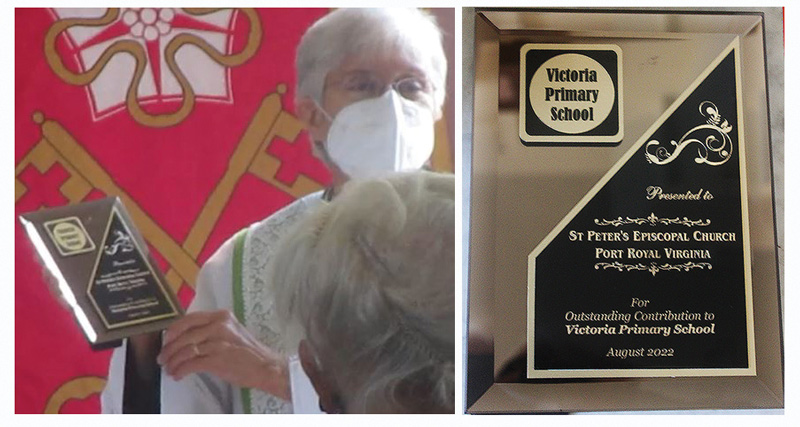
Plastics are present in furniture, construction materials, cars, appliances, electronics and countless other things. According to the New York Times, the main cause for the increase in plastic production is the rise of plastic packaging. In 2015 packaging accounted for 42% of non-fiber plastic produced. That year, packaging also made up 54% of plastics thrown away.
Plastic pollution is now recognized as a hazard to public health and the human body
Chemicals leached from some plastics used in food/beverage storage are harmful to human health. Correlations have been shown between levels of some of these chemicals, and an increased risk of problems such as chromosomal and reproductive system abnormalities, impaired brain and neurological functions, cancer, cardiovascular system damage, adult-onset diabetes, early puberty, obesity and resistance to chemotherapy.
The EPA estimates that production of plastic products account for an estimated 8% of global oil production. The drilling of oil and processing into plastic releases harmful gas emissions into the environment including carbon monoxide, hydrogen sulfide, ozone, benzene, and methane (a greenhouse gas that causes a greater warming effect than carbon dioxide) according to the Plastic Pollution Coalition.
When plastics break down due to exposure to water, sun or other elements they can break into tiny pieces -so tiny,most of them cannot be seen with the naked eye. These small plastic fragments are now everywhere. When you drink water, eat fish or other seafood, or when you add salt to your meals, chances are you can also be ingesting tiny pieces of plastic. Those particles -called microplastics- are a contaminant which is now present in the oceans, water ways, the soil and even in the food that we eat. Once plastic enters the bloodstream of an organism it stays there.
What you can do – Reduce, Recycle, Remove
You can calculate your plastic footprint here
Step 1 –Reduce your consumption of plastics.
1. Take a reusable coffee cup with you.
2. No to plastic straw
3. Cut down on plastic carrier bags bring your own!
4. Use dishes, glasses, and metal silverware instead of their plastic counterpart
5. Choose cardboard and paper over plastic.
6. Say no to single-use plastic bottles! Stop buying bottled water. Carry a reusable bottle to limit the number of throwaway bottles, a major source of pollut
7. Select products that are designed for multiple uses and making sure nothing gets thrown away before its usefulness is spent is another effective way to drastically reduce one’s plastic pollution footprint.
8. Take a little extra time while doing your shopping and select products without plastic packaging. and always be sure to avoid products that are xcessively wrapped in plastic.
9. When you go clothes shopping, avoid fabrics with plastic microfibers such as nylon and polyester.
Step 2- The second step to be sure to take is recycling the plastic you do use and making sure you are doing so properly.
Port Royal Convenience Site
25516 Tidewater Trail
Port Royal, VA 22535
Step 3 The final step is contributing to the removal of plastic that is already in the environment by recycling your plastic bags and participating in roadside and river clean-ups.
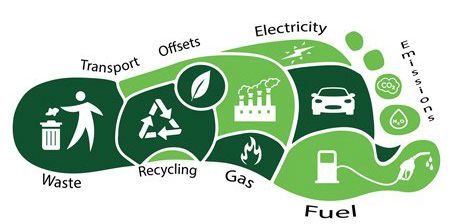


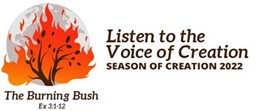

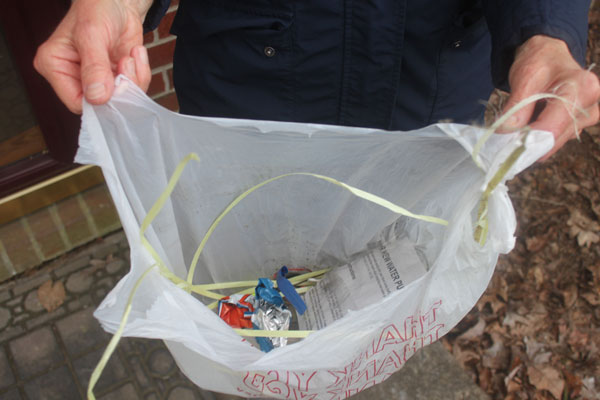

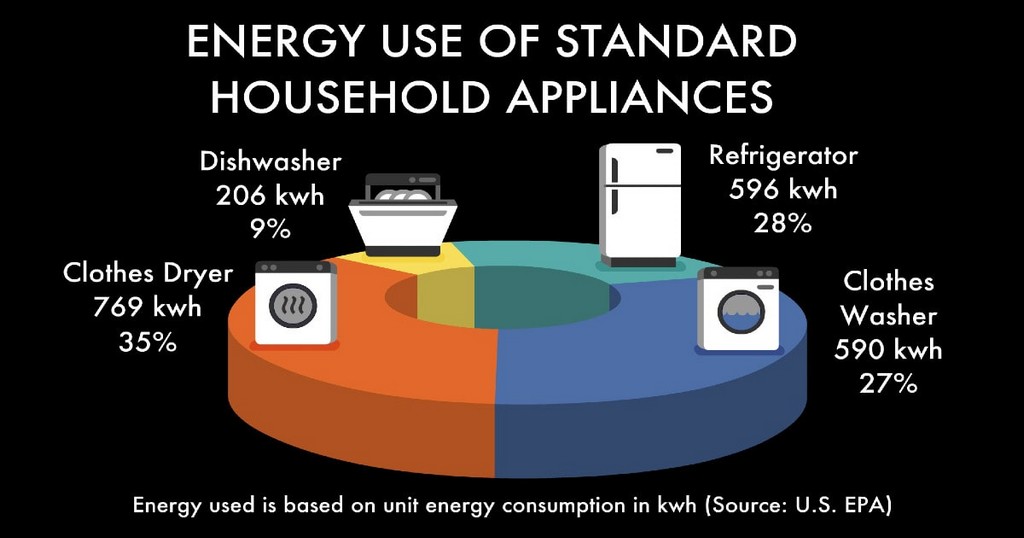 The first two chapters were required material to get to Part 3 – Reduce. Understanding the significance of our need to reduce greenhouse gases from Part 1, led to calculate our carbon footprint in Part 2. We meet to strive towards net zero emissions by 2050. Net zero means cutting greenhouse gas emissions to as close to zero as possible, with any remaining emissions re-absorbed from the atmosphere, by oceans and forests for instance. Part 2 focuses on reduction to get to net zero.
How much do we need to reduce our carbon footprints? For Americans, that number is about 90 percent.The United Nations’ intergovernmental Panel on Climate Change (IPCC) has said that if we don’t act now, we’ll be facing the severe effects of a warming planet as early as 2040. One example? 50 million people around the world, will be affected by coastal flooding
This chapter lists 26+ ways for us to act
The first two chapters were required material to get to Part 3 – Reduce. Understanding the significance of our need to reduce greenhouse gases from Part 1, led to calculate our carbon footprint in Part 2. We meet to strive towards net zero emissions by 2050. Net zero means cutting greenhouse gas emissions to as close to zero as possible, with any remaining emissions re-absorbed from the atmosphere, by oceans and forests for instance. Part 2 focuses on reduction to get to net zero.
How much do we need to reduce our carbon footprints? For Americans, that number is about 90 percent.The United Nations’ intergovernmental Panel on Climate Change (IPCC) has said that if we don’t act now, we’ll be facing the severe effects of a warming planet as early as 2040. One example? 50 million people around the world, will be affected by coastal flooding
This chapter lists 26+ ways for us to act
